Commercial barramundi fish farming is not a new business idea. Actually barramundi fish or seabass is very common and popular throughout the world. And commercial culture of this fish is getting popularity faster mainly because of it’s high popularity and price in the market.
The barramundi fish is a very fast growing fish species and commercial cultivation of this fish can be very profitable business. This fish is very hardy and can tolerate crowding and has wide physiological tolerance.
There are many advantages of commercial barramundi fish farming business. The high fecundity of female barramundi fish provides plenty of material for hatchery production of seed. And hatchery production of seed is relatively simple. The fish feed well on pelleted diets, and the juveniles are very easy to wean to pellets. They grow rapidly and reach harvestable size (350 grams to 3 kg) in just six months to 2 years.
Currently the barramundi fish is farmed throughout most of it’s range, with most production in Southeast Asia (generally from small coastal cage farms). Barramundi fish inhabit freshwater, brackish and marine habitats including streams, lakes, billabongs, estuaries and coastal water bodies. They are opportunistic predators; crustaceans and fish predominate in the diet of adults.
However, the barramundi fish is very suitable for commercial production. And commercial barramundi fish farming is very profitable if you can do everything perfectly.
How to Start Barramundi Fish Farming
Starting barramundi fish farming is relatively easy and simple. You can easily start this business even if you are a beginner. Here we are trying to describe more information about starting barramundi fish farming business.
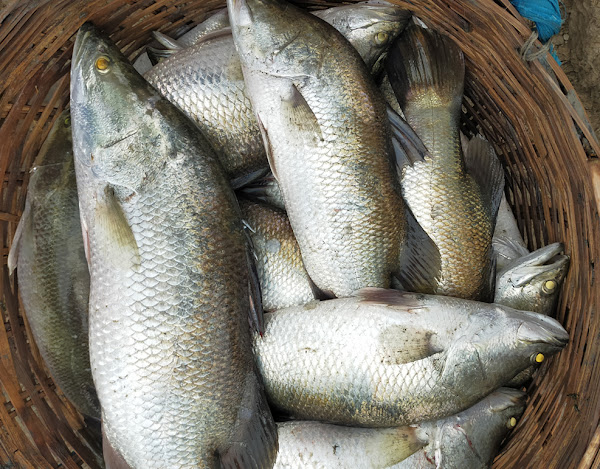
Site Selection
You don’t have to be picky for selecting site for starting barramundi fish farming business. You can actually select any site for starting this business. You can even start this business in your backyard or rooftop. By the way, it will be better if the selected site is free from noises and pollution.
Pond Construction & Size
After selecting a good site, you have to construct pond for starting barramundi fish farming. The pond can be of any type and size. It can be a plastic tank, concrete or earthen pond. But earthen ponds are considered good for commercial barramundi fish farming business.
The size of the pond can be any depending on your available land. You can even start raising barramundi fish in tanks in small scale. But for commercial barramundi fish farming business, you have to select or construct a pond of at least one acre land.
Pond Preparation
Prepare the ponds perfectly before stocking fish into it. Prepare the pond by applying lime and both organic and inorganic fertilizers into it. Although this is optional because the barramundi fish are fed on external feeds.
Seed Collection
In some parts of Asia, the barramundi fingerlings are still collected from the wild. But most of the seed supply is through hatchery production. Today hatchery production technology is well established throughout the culture range of this fish species, and the fingerlings are available in almost all areas. You can contact any hatcheries within your area for seed collection.
Rearing the Fingerlings
The barramundi broodstock are generally held in floating cages or in concrete or fiberglass tanks. They may be maintained in either freshwater or seawater, but must be placed in seawater prior to the breeding season to enable final gonadal maturation to take place.
The broodstock are generally fed with trash fish or commercially available baitfish. In order to improve the nutritional composition of the broodstock diet, and prevent diseases associated with vitamin deficiencies, a vitamin supplement may be injected into, or mixed with, the baitfish prior to feeding.
The fingerlings are generally raised in the nursery phase for 30 to 45 days once they reach about 5-10 cm body height. And then stocked into the main grow-out ponds.
Stocking in the Main Pond
The fingerlings become ready for stocking in the main pond when they reach around or up to 5-10 cm body length. The barramundi fish can grow well in over stocking densities. Although stocking around or up to 20,000 fish per acre is recommended for better growth of the fish.
Feeding
The barramundi fish can be fed on both trash fish and pelleted diets. But they are generally fed on trash fish where it is cheaper and more available than pelleted diets.
They are generally fed trash fish twice a day at the rate of 8-10 percent body weight for fish up to 100 grams. And the feeding rate is decreased to about 3-5 percent body weight for fish weighting over 600 grams.
You can add vitamin premix to the trash fish at a rate of 2 percent. You can also add rice bran or broken rice for increasing the bulk of the feed at minimal cost. Food conversion ratios for barramundi fish which are fed on trash fish are high, generally ranging from 4:1 to 8:1.
In case of feeding pelleted feeds, the barramundi fish are generally fed twice each day in the warmer months and once a day during the winter season. Hand-feeding is the most common ways for feeding the barramundi fish (but larger farms may use automatic feeder systems).
Harvesting
Harvesting is relatively easy for barramundi fish farmed in cages, with the fish being concentrated into parts of the cage and removed using a dip net. But harvesting the fish raised in ponds is more difficult. And in such case you will need seine-netting the pond or will require drain harvesting.
Marketing
In some areas, the barramundi fish are sold fresh in the market. And you have to send the fish to the market immediately after harvesting. But in some areas, the fish are placed in an ice slurry after harvesting.
Fresh barramundi fish is generally transported packed in plastic bags inside styrofoam containers with ice. And the fish are generally transported live in tanks by truck.
The Barramundi fish is very popular as food fish. It is economically very important and has great popularity and value throughout the world. So, you can take this great opportunity by commercial barramundi fish farming business. It is very profitable and return on investment (ROI) ratio is very high. Good luck!
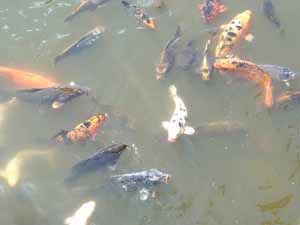


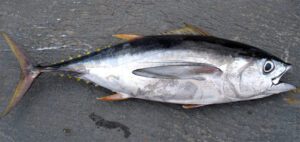
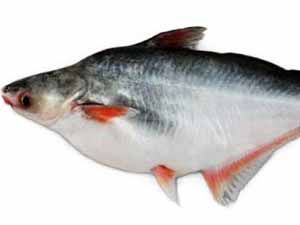
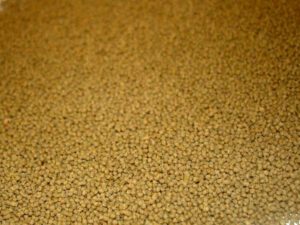
Thank you very much for this very educational and inspiring guide for Barramundi fish farming.
I’ve been encouraged and motivated by your article on burramandi farming.
I’ve been farming tilapia for more than ten years in my backyard but gain no profit due to competition from the ones grown in the natural habitats which sells cheaper. I intend to include burramandi in the same pond of dimensions 6m w x12m lngth x 1m deep. Who can help me with fingerlings? Is advisable to have both in one pond?